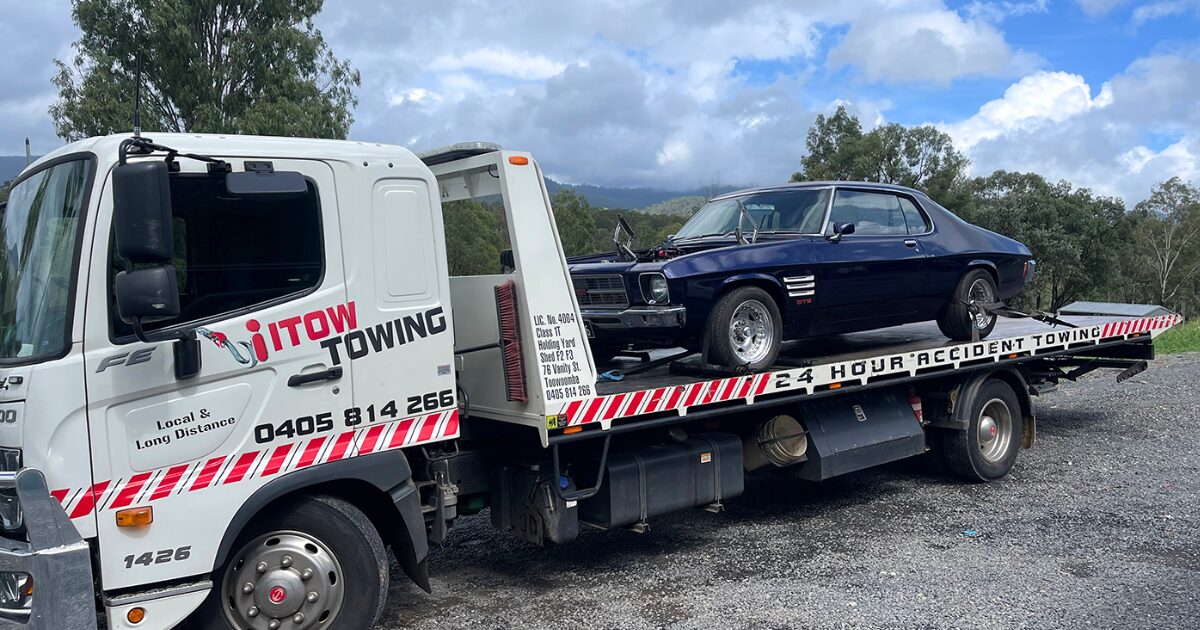What Is Fleet Management?
In this Ultimate Guide To Fleet Driver Management, we’ll be looking at your responsibilities as a manager, and the responsibilities of your drivers. But first, let’s not assume that everyone knows the term “fleet management”.
So, what is fleet management?
Fleet management is a collection of procedures that enables businesses to efficiently manage their vehicles (from purchase to end-of-life). Since organisations have begun to recognise the positive effects that a healthy fleet can have on daily operations, the role of fleet management has grown substantially.
Fleet management teams are now in charge of a variety of tasks, including driver management, compliance management, operational efficiency, and environmental effect. This is all in addition to purchasing and maintaining vehicles.
Want to go back to basics? Read our Fleet Management Guide or importance of fleet asset management.
Role And Responsibilities Of A Fleet Driver
While a fleet manager is tasked with overseeing both vehicles and drivers, the drivers themselves have a number of responsibilities to uphold. Driving a fleet vehicle brings with it the onus of operational, safety, and regulatory obligations.
Being a safe and courteous driver
The same rules that apply to normal road users hold true for professional drivers, even more so in the case of being safe and courteous on the roads.
As professional operators of large vehicles, fleet drivers should adhere to the traffic laws, the majority of which are outlined in the Road Code. Drivers should set the standard expected of all road users, driving carefully and respectfully and showing patience toward other drivers.
Your fleet is effectively advertising your business when it’s on the road, so never underestimate the importance of hiring the right drivers.
Holding a valid licence
Fleet drivers should hold the relevant licence to operate the class of vehicles they drive. In order to ensure these licences remain valid, drivers should also be responsible for renewing, reapplying or resitting relevant certifications as needed.
Licence requirements for different vehicle classes.
Checking fleet trucks and vehicles before use
Unless their contract states otherwise, the fleet driver is usually responsible for checking the safety of their vehicle. All drivers should do a simple pre-drive check before leaving the yard.
This should include checking:
- The tyres have a legal tread depth, no uneven wear, and are evenly inflated.
- Wheel nuts are present and the wheels seem to be in good condition.
- The lenses of the indicators, taillights, and brake lights are intact and functional.
- Both high and low beams of the headlights function.
- Wipers and washers for the windscreen function properly.
- The horn is in working order.
- The truck’s registration, WoF or CoF and road user charges label are up to date.
- The water and oil levels in the engine are acceptable.
Tips For Good Fleet Driver Management
Vehicles are simple, which is why tracking fleet management effectively can be done so easily using a transport management system. However, managing a team is a different ball game. The right tools can certainly help, as you’ll see below, but interpersonal skills are a must too.
Leverage telematics to increase productivity
Drivers want to know their contributions are being appreciated, and bonuses are a great way to retain staff! How do you ensure you’re handing out rewards fairly? If you base bonuses around telematics data, fleet managers can cite precise figures and hold all drivers to the same consistent standard.
Foster better relationships with drivers
Communication and relationship-building are two of the most important skills a fleet manager can develop. Financial bonuses are fantastic motivators, but never underestimate the power of positive feedback. Verbal recognition is another great way to celebrate a job well done.
Reward good driving
A criticism of using fleet driver management KPIs as indicators is that it only tracks negatives, such as absence, late deliveries etc. However, with the right reporting software, like MyTrucking, you can target KPIs that help employees see where they are improving. TMS reports can be a great tool for highlighting consistent improvement.
Allow for effective and open communication
While it’s critical to achieve delivery deadlines, fleet managers should be sure to put themselves in the drivers’ position. In order to manage effectively, they must have a thorough awareness of the demands placed on their drivers as well as the difficulties they encounter.
Identify and prevent driver fatigue
It’s believed that driver fatigue is a contributing factor in at least 12% of vehicle accidents. When you’re exhausted, your judgement and decision-making suffer. You respond more slowly than usual. Both commercial drivers and their employers must be aware of the signs of fatigue. It’s important to know how to prevent it.
Role Of Transport Management Software (TMS) In Driver Management
Due to the pandemic and the rise in online orders, the trucking industry is seeing more demand than there is the availability of drivers and vehicles. And, with this issue between supply and demand, it’s becoming increasingly difficult to retain quality drivers.
Maintaining your pool of fleet drivers and training new staff is more important than ever. But that’s not the only way you can improve the efficiency of your fleet.
A TMS can help by using a combination of fleet driver monitoring, fleet driver tracking and optimised route planning. Together, these tools reduce the number of drivers you need on the road.
Ways a TMS can impact your fleet and drivers
Helps combat driver shortage
A TMS optimises route and schedule planning, skimming an average of 15% off your annual kilometres travelled. More efficient route planning leads to fewer vehicles on the road and helps to combat driver shortages.
Provides quick access to an overview of available drivers
Don’t face the headache of comparing schedules and planned annual leave against job logs and forecasts. A TMS offers quick, automated overviews that allow you to see at a glance how you can best use your team and fleet.
Helps in payment of wages to drivers
No matter how efficiently you manage your fleet, none of it is maintainable if you can’t keep hold of your drivers. Company culture, respect and communication are all important, but the bottom line is that people work to get paid.
A transport management system can be integrated with your accounting software so you can ensure your team gets paid on time, every time.
In Summary…
Driver fleet management is no small task – you play a crucial role in maintaining a happy, healthy workforce. Like any role in which you manage a team, it comes with its fair share of challenges. Good communication, recognition and a reminder that drivers are people (not resources) will have you on the right track.
Looking for more fleet management advice? Read the benefits of leasing vs buying a fleet.
Learn more:
- How Telematics Helps Manage Your Fleet Drivers?
- Commercial Driving: Managing Fleet Vehicles
- Return to Resource Hub




